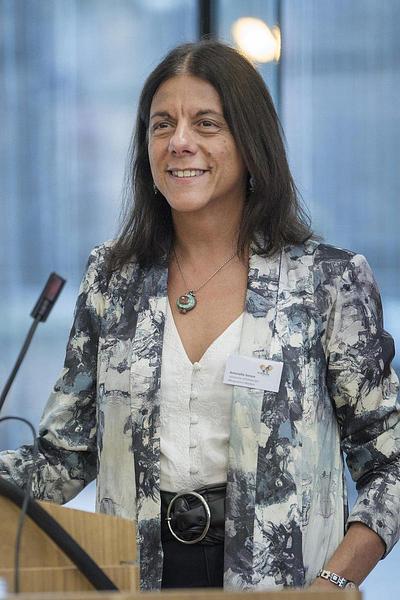
News
Find out the latest news from Bilingualism Matters around the world.
Professor Antonella Sorace has received the 2023 Ondras Award in recognition for her research investigating bilingual development and for her tireless work to publicly educate on the benefits of bilingualism in any languages.

Teacher Education About Multilingualism (TEAM) project is releasing free educational resources, aimed to help educators understand and navigate the intricacies of working with multilingual pupils and in multilingual classrooms. Help us evaluate our open education resource TEAM .
What do young graduates from all over Europe learn about communication during their EU traineeship? That mutual understanding across linguistic and geopolitical borders is as important as ever. However, this does not come without effort...


